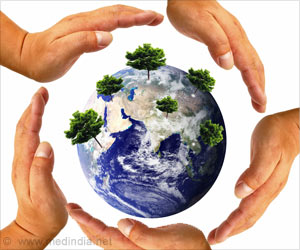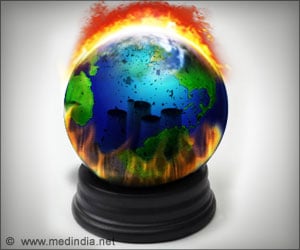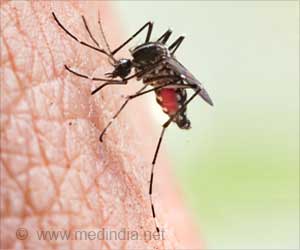University of Texas researchers were the first to show the full extent of Mayacene - a period when human activity began affecting environmental conditions.

"Most popular sources talk about the anthropocene and human impacts on climate since the industrial revolution, but we are looking at a deeper history," said lead author Tim Beach.
"Though it has no doubt accelerated in the last century, humans' impact on the environment has been going on a lot longer," Beach said.
By looking at Maya impacts on climate, vegetation, hydrology and lithosphere from 3,000 to 1,000 years ago, researchers proposed that the Maya's advanced urban and rural infrastructure altered eco-systems within globally important tropical forests.
Maya clay and soil sequences indicated erosion, human land-use changes and periods of instability.
Soil profiles near wetlands revealed heightened carbon isotope ratios due to agriculture and corn production.
Advertisement
However, the most visual indication of human impact was found in building material remains and landscape modifications.
Advertisement
The changes are both good and bad, researchers said.
"Historically, it's common for people to talk about the bad that happened with past environmental changes, such as erosion and climate change from deforestation," Beach said.
"But we can learn a lot from how Maya altered their environment to create vast field systems to grow more crops and respond to rising sea levels," he added.
While some studies suggest that deforestation and other land use contributed to warming and drying of the regional climate by the Classic Period (1,700-1,100 years ago), many existing forests are still influenced by Maya activities, with many structures, terraces and wetlands still existing today, researchers said.
Source-IANS









